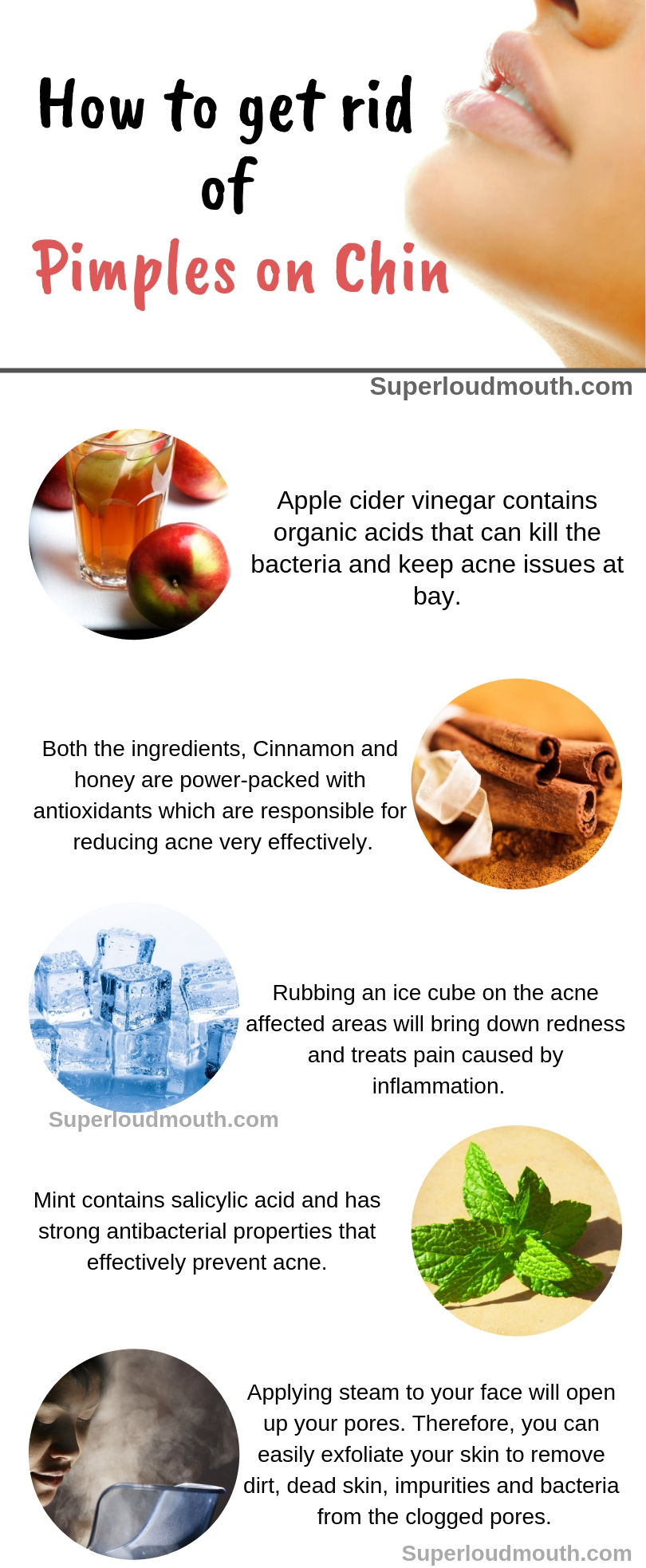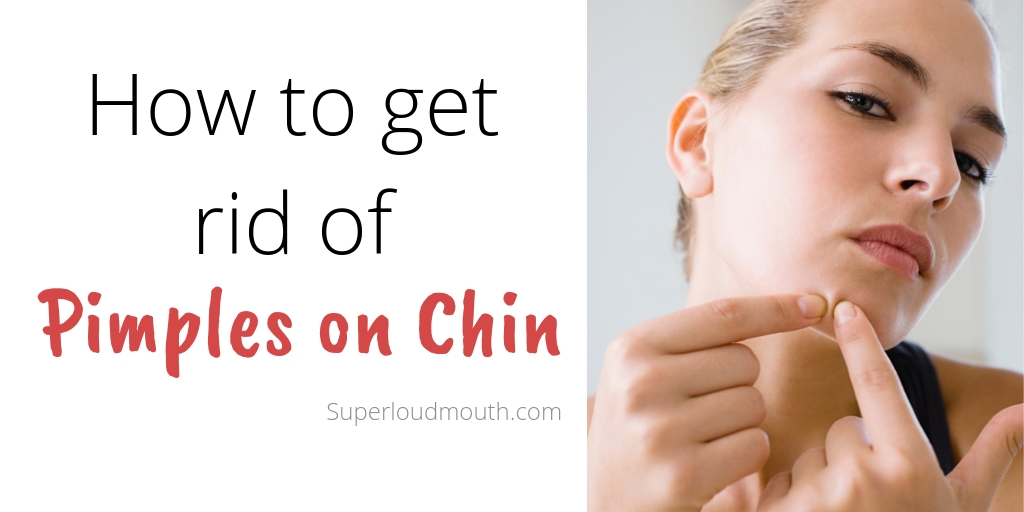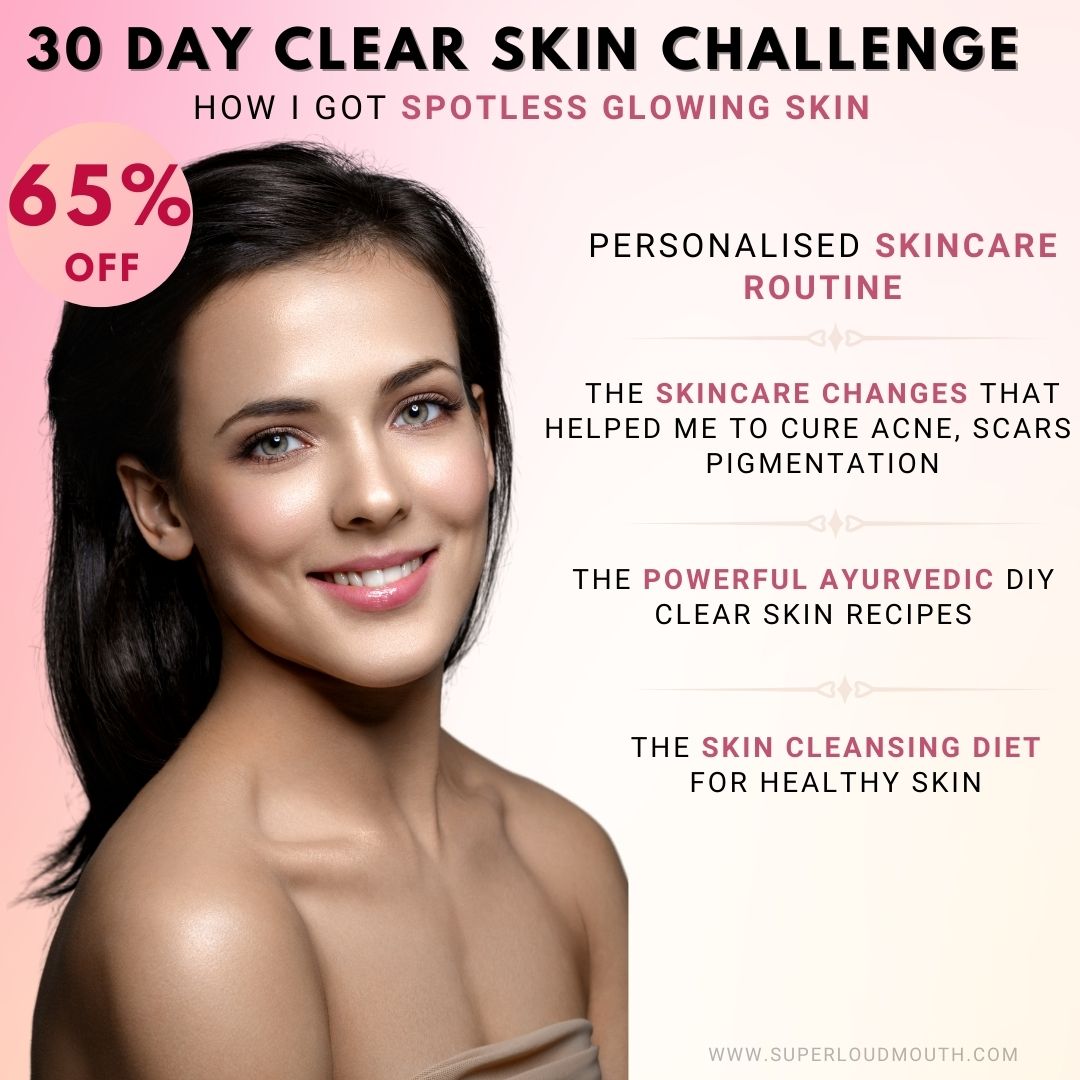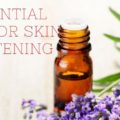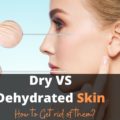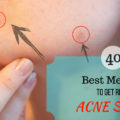Pimples on Chin meaning: How to get rid of break out on Chin
Pimples on the chin area are pretty much a common problem for every girl these days. Sadly, acne can pop up anywhere on your body. The most common areas which break out are the oily T-zone, cheeks and chin area. Whatsoever breakouts are nasty weird issues.
What if you’ve got a break out on the chin or any other area before entering an interview or before the big day? It’s an insanely gross situation. Isn’t?
Sometimes, though we follow the best skin care routine, we see acne popping up on the face.
To bid goodbye to such annoying breakouts, you must read on this article till the end.
Table of Contents
- What do pimples on chin mean?
- How to differentiate break out on chin
- Causes of Pimples on chin
- Home remedies for a break out on chin
- Recommended ingredients for acne-prone skin
- Tips to prevent pimples on chin
What do Pimples on chin mean?
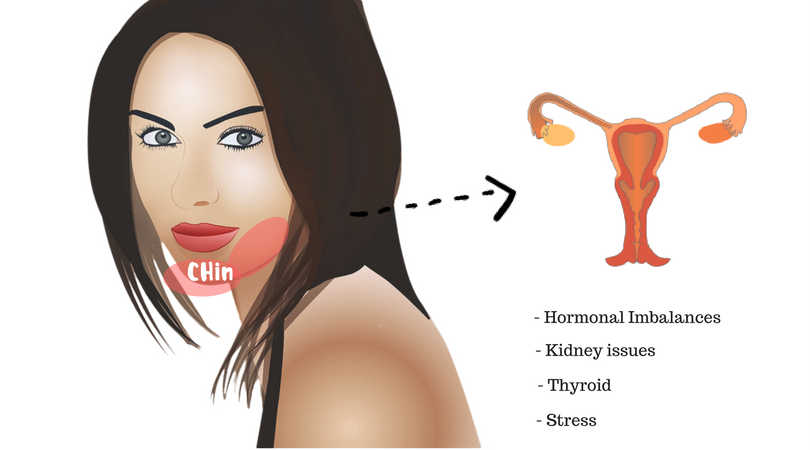
There are tiny oil glands under your skin called “sebaceous glands” which produce oil to protect the surface layer of your skin. This gets to the surface of your skin through pores.
Pimples happen because of the impurities, pollutants, dead skin cells, and excess oil. When the pores are clogged with such impurities, dead skin cells or excess oils, it leads to various skin problems such as break out on chin.
Basically, it takes 28 days for our skin to undergo a renewal process which means dead skin cells come to the surface and get replaced by new cells. But when too much oil is produced by the skin, the dead skin cells or impurities get stuck together. Therefore, your pores get blocked and cause pimples on the chin or other areas.
As your skin gets exposed to impurities or the sun’s harmful UV rays, the pores get more and more clogged. When bacteria increases in the pores it leads to redness or inflammation.
Whereas, pimples on the chin are common skin problems. According to Chinese face mapping acne, pimples on chin are related to hormonal imbalances, kidney issues, thyroid and sometimes due to overstress. [1]
How to differentiate break out on Chin?
The major cause of pimples on the chin is due to hormonal changes. So, you can easily differentiate pimples caused due to hormonal changes to acne caused by other reasons.
The oily T-zone and extended oily chin area are more prone to acne. Moreover, due to hormonal fluctuations, excess oil is being produced which clogs the pores resulting in acne.
Depending on the amount of bacteria or impurities formed in the clogged pores and the inflammation caused due to bacteria, pimples are developed as either cystic or comedones.
Causes of Pimples on chin
Though breakouts on the chin are common issues, there are several factors that trigger pimples on the chin.
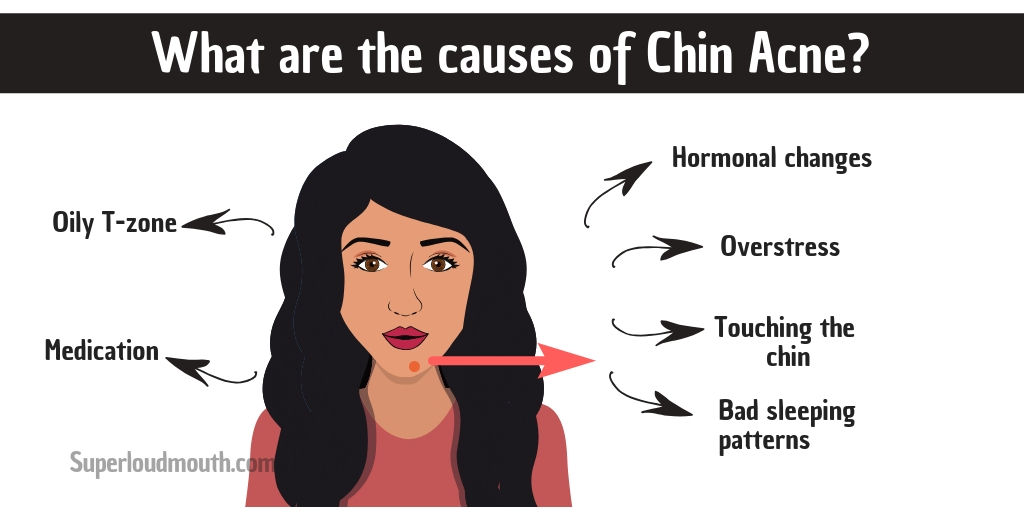
-
Hormonal changes
In women, Menstrual hormonal changes are the main reason for pimples on the chin. Before two weeks of menstruation, your body increases progesterone and estrogen to prepare the uterus for pregnancy. At that point in time, due to an increase in hormones breakouts can happen because oil glands produce excess oils.
In some women, more androgens are produced than others which leads to a condition called PCOS (Polycystic ovary syndrome). The other hormonal issues such as menopause can also trigger pimples on chin area.
-
Overstress
When stress levels are increased, a stress hormone called “cortisol” is produced. The inflammatory stress hormone can lead to excess oil production which thereby produces break out on chin.
-
Touching the chin
It’s a common tendency to touch the chin as support while we sit on a chair. In such a case, all the bacteria from hands get transferred to the chin area which clogs the pores and leads to acne.
-
Bad sleeping patterns
According to a few studies, stress and sleeping patterns are interlinked. Lack of sleep can increase your stress levels which thereby leads to the production of acne.
-
Oily skin
The T-zone and the extended chin area are mostly the oily zones in your face. Oily areas are more likely to produce acne. Moreover, if you don’t wash your face when you use harsh cleansers, or if you overdo washing your face, the natural oils strip off and make your skin oilier.
Furthermore, too much oil clogs the pores and draws impurities or dead skin cells which leads to acne.
-
Medication
Pimples on chin also occur as a side effect to certain medications. Mostly drugs such as B vitamins, contraceptives, and corticosteroids can trigger pimples on the chin.
Home remedies for a break out on chin
Apple cider vinegar
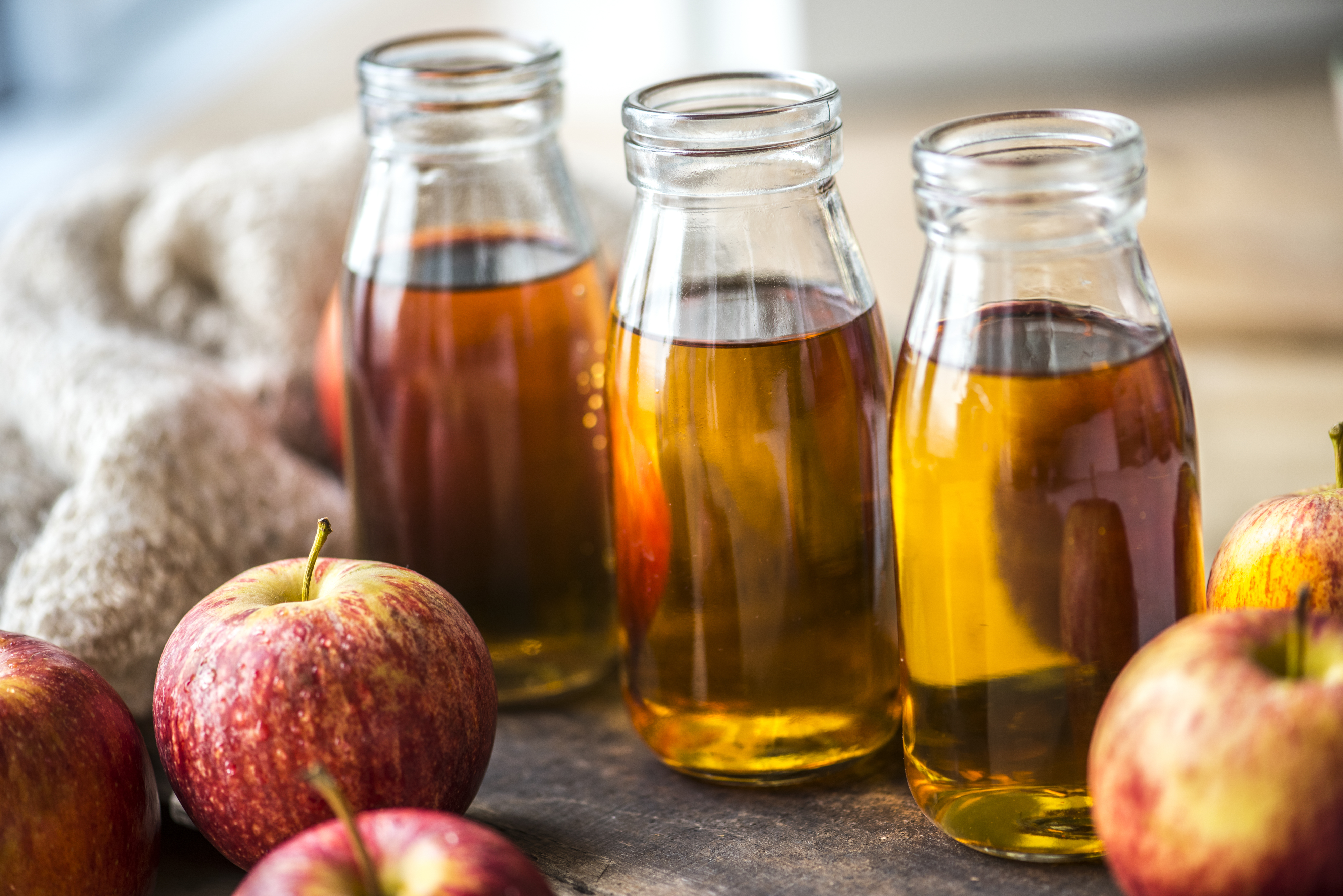
Apple cider vinegar contains organic acids that can kill the bacteria and keep acne issues at bay. The organic acids can combat many types of bacteria, impurities, and viruses that infect your skin. When ACV is topically applied, it has the potential to kill the acne-causing bacteria and will also alleviate the formation of acne scars. [2][3][4]
How to use it
- Mix a part of apple cider vinegar with 3 parts of distilled water
- If you’re having sensitive skin, mix more water to ACV
- Mix the solution thoroughly and apply it to acne affected area
- Let it dry for 5-10 secs, rinse off with water and pat dry
- You can repeat this treatment once every day
Cinnamon and Honey face mask
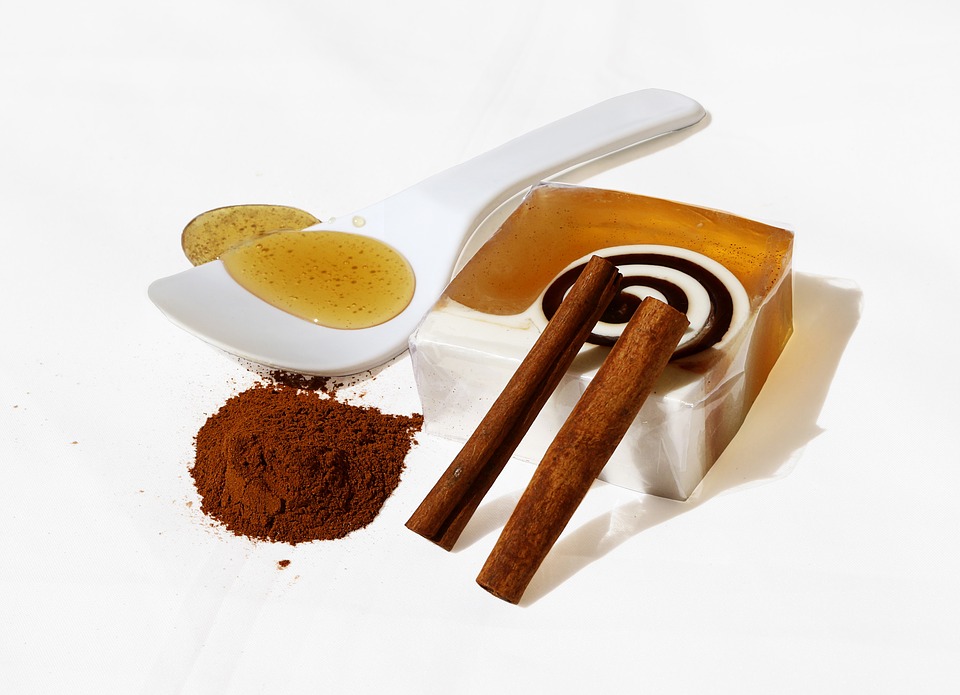
Both the ingredients, Cinnamon and honey are power-packed with antioxidants which are responsible for reducing acne very effectively. [5][6] The antibacterial properties have the ability to fight bacteria and reduce inflammation. Thereby a face mask with these two impeccable ingredients will be a perfect solution to treat acne problems. [7][8]
How to use it
- Mix a tablespoon of Honey with 1/2 tablespoon of cinnamon powder in a mixing bowl
- Cleanse your face and apply the mask over acne affected areas
- Leave it on for 10-15 minutes, rinse off and pat dry
- You can repeat this treatment twice or thrice a week
Rub with Ice
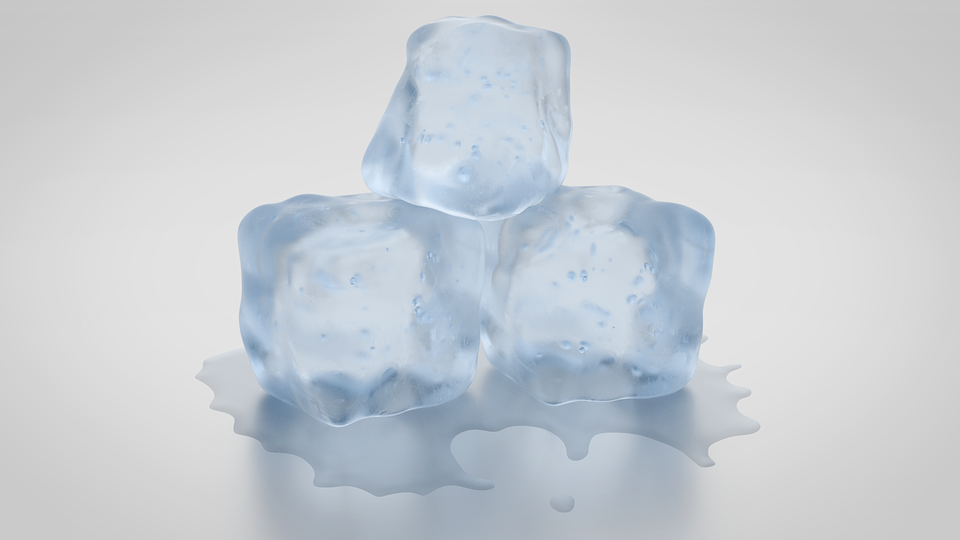
The two major factors which trigger acne are inflammation and bacteria. Rubbing an ice cube on the acne affected areas will bring down redness and treats pain caused by inflammation. [9]
How to use it
- Wrap 2-3 ice cubes in a clean cloth and dab the cloth over acne affected areas
- Continue rubbing for no more than 5 minutes with little pressure
- You can do this treatment twice a day
Strawberries

Strawberries contain salicylic acid which is an effective ingredient used in many acne treatments. That’s because it unclogs the pores, makes your skin get rid of dead skin cells, minimize the size of pores and eventually gives a radiant appearance. Strawberries also contain antioxidants, nutrients, and vitamins that help repair any damage done to your skin.
How to use it
- Crush 4-5 strawberries into a smooth paste by using a blender
- Apply the paste over acne affected areas
- Leave it on for 15-20 minutes, rinse off and pat dry
- Repeat this treatment 2-3 a week
Mint Leaves
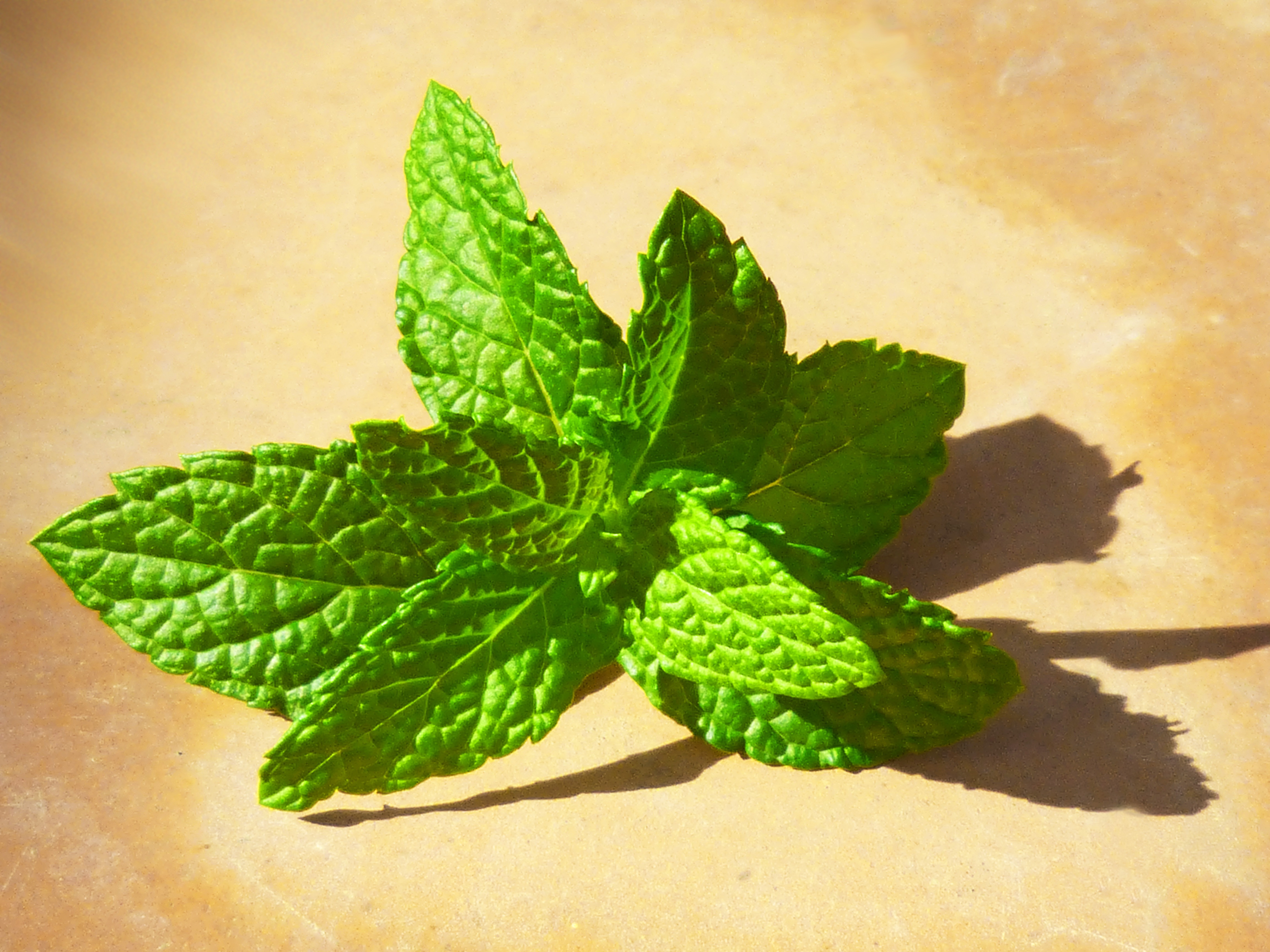
Mint contains salicylic acid and has strong antibacterial properties that effectively prevent acne. It also controls excess production of oil who have oily and acne-prone skin. You can use mint leaves as a daily toner to keep acne or any skin issues at bay.
How to use it
- Blend a few mint leaves in a blender until a smooth paste-like consistency is obtained
- Apply the paste all over acne affected area and leave it on for 30 minutes
- Later wash off and pat dry
- Repeat this treatment every day for better results
Coffee and Sugar Scrub
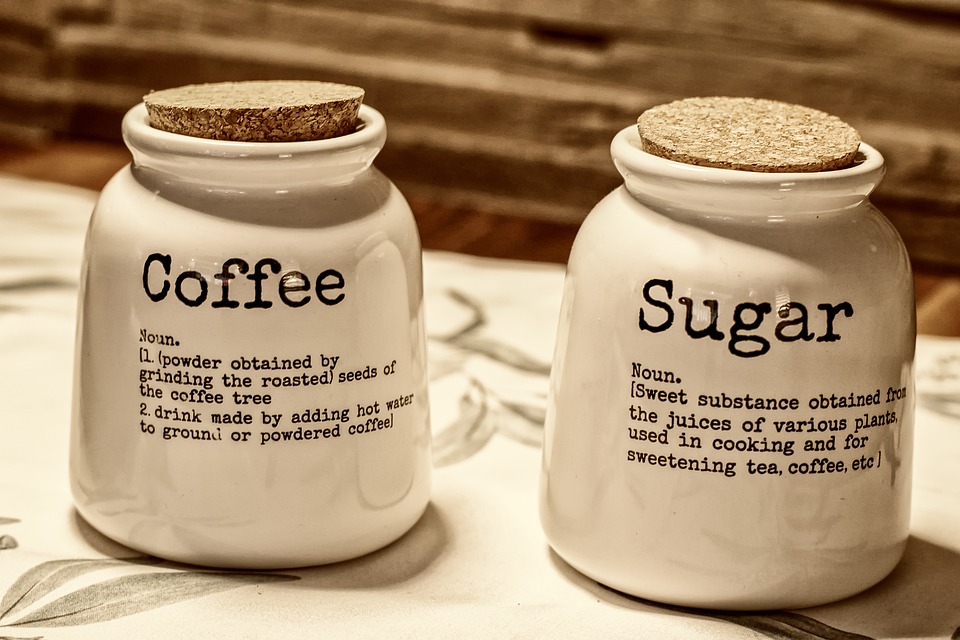
This sugar and coffee scrub can slough off dead skin cells, minimizes your pores and help in cleaning the pores. Additionally, when you scrub your face with sugar granules, it increases blood circulation thereby enhancing your skin texture to a hundredfold.
How to use it
- In a mixing bowl, add a tablespoon of coffee grounds powder, 1 tablespoon of sugar and 1 tablespoon of honey.
- Blend all the ingredients into a smooth paste-like consistency
- Apply the scrub over your face and massage with it for 5 minutes
- Later, wash off and pat dry
- Repeat this treatment once or twice a week. Don’t overdo scrubbing since it can strip away natural oils from your skin
Moisturise with Aloe vera
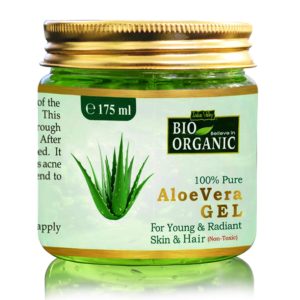
Over the years, aloe vera has been used as an essential ingredient in creams, moisturizers, ointments, and soaps. It’s commonly used to moisturize the skin and banish away skin problems such as acne, scars, and blemishes. When applied topically to the skin, it heals wounds, fights inflammation and treats burns. [10][11][12]
How to use it
- Scrape off the gel from an aloe vera plant
- Apply the gel topically over acne affected areas and massage for a while
- Leave it for a couple of hours then wash off and pat dry
- Repeat this once or twice a day
Witch Hazel
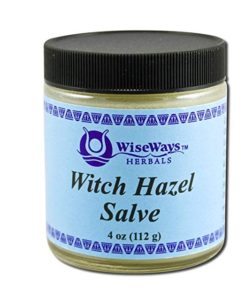
Witch hazel has strong anti-inflammatory and antibacterial properties. This effective ingredient is used to treat a wide range of skin conditions such as acne, stings, and burns. There are also several studies that prove witch hazel can fight bacteria, reduce inflammation and heals the infected area. [13][14][15]
How to use it
- Combine a tablespoon of witch hazel with a cup of water
- Soak witch hazel in water for 30 minutes and then bring the mixture to boil
- Remove the mixture from heat and let it sit for 10 minutes
- Cleanse your skin and then apply the mix using a cotton ball
- You can repeat this treatment 1-2 times a day
Treat with Tea tree oil
This essential tea tree oil is well known for it’s the ability to fight bacteria and reduce the inflammation caused by acne. That said, tea tree oil is very potent, so always dilute with water or other carrier oils. [16][17][18]
How to use it
- Mix one part of tea tree essential oil with 9-10 parts of water
- Using a cotton swab, dab the mixture over acne affected area
- Rinse off and then pat dry
- Repeat this treatment once a day
Apply Steam
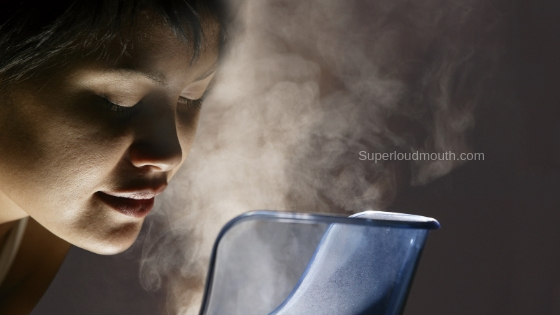
Applying steam to your face will open up your pores. Therefore, you can easily exfoliate your skin to remove dirt, dead skin, impurities and bacteria from the clogged pores.
How to use it
- Steam your face for 15 minutes to open the pores
- Then cleanse your skin with an exfoliating face wash
- Later, you can apply a face mask
- Repeat this process every day or three times a week
Green Tea spray
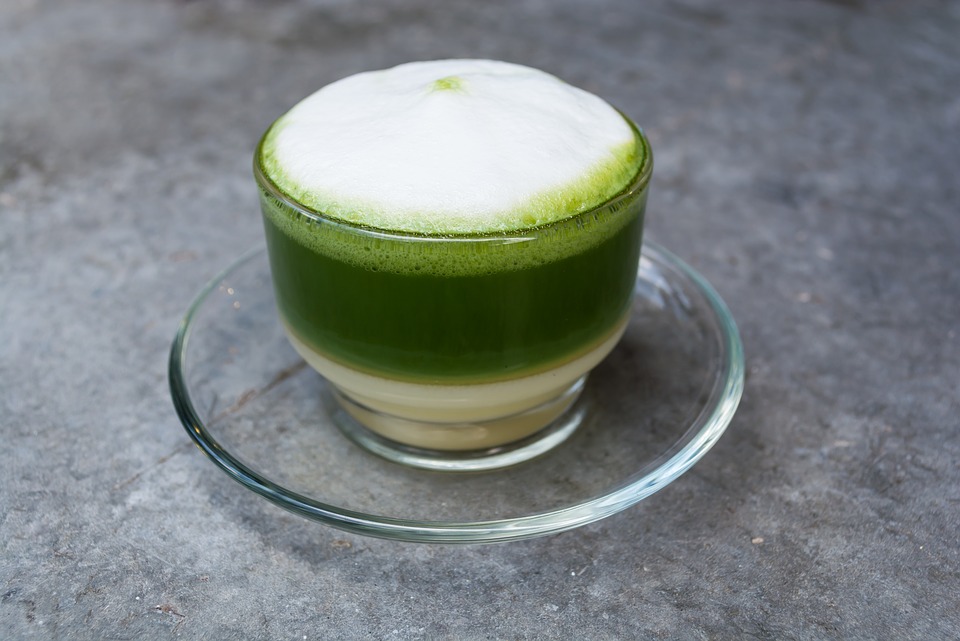
This is a well-known truth that green tea promotes good health since it’s high in antioxidants. Will it enhance your skin texture? Surprisingly, yes! The antioxidants in green tea reduce sebum production, inhibit the growth of acne-causing bacteria, and reduce inflammation. [19][20][21]
How to use it
- Steep a bag of green tea for a few minutes and allow it to cool
- Pour the solution into a spray bottle
- Spray the solution all over acne affected areas, allow to dry, and rinse with water
Recommended ingredients for acne-prone skin
-
Benzoyl peroxide
This ingredient has antibacterial properties which means, it can combat acne-causing bacteria. Therefore, fewer bacteria or no bacteria lead to no breakouts.
Benzoyl peroxide also has the potential to clean the clogged pores filled with impurities, dirt, dead skin, excess sebum, and bacteria. That’s why it’s more effective than other over-counter drugs.
You just need to apply the cream over acne affected areas and leave it overnight.
-
Anti-bacterial ingredients
Antibacterial ingredients will gently clean bacteria, dead skin cells, and excess sebum in your pores by killing the bacteria. You can also make face masks or scrub with such antibacterial ingredients to alleviate acne.
-
Salicylic acid
Just like benzoyl peroxide, salicylic acid can also perform the same action of killing the bacteria and cleaning your pores. Additionally, this acid acts gently on the acne affected area by soothing the skin, reducing the size of pores and alleviating the inflammation.
Salicylic acid also has anti-inflammatory properties. You can get hands-on serums, exfoliators or face washes that contain salicylic acid.
-
Retinol
When using retinoids, they spread on the skin and unclog the pores. Therefore, it allows other medicated treatments, creams or gels to work better.
As they prevent dead skin cells from clogging the pores, retinol ingredient can reduce acne breakouts or break out on the chin.
Retinol can also dimish acne scars along with healing acne breakouts.
-
Accutane
Most of the dermatologists recommend Accutane as a perfect solution for curing acne problems. Accutane is a medication prescribed by many skin care professionals to treat severe acne when nothing seems to work better on your skin.
If you’re such person who has tried out many treatments and ingredients to cure acne but nothing has really worked on you, then get hands-on Accutane ointment. Also, don’t forget to take a bit of advice from your dermatologist before using Accutane.
Tips to prevent pimples on chin
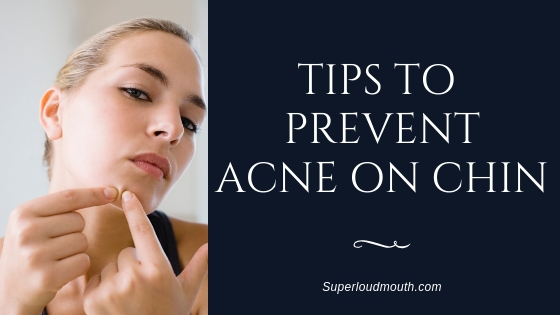
- Avoid touching your face often because you’ve no idea how bacteria gets transferred from your hands or nails into the pores. When you touch or prick your face, unintentionally you transfer more bacteria to excess sebum and dead skin cells. Let’s the pimples cure by itself instead of touching them and aggravating acne.
- Exfoliate your skin properly. That’s doesn’t mean you must exfoliate your skin excessively. Over exfoliation can actually damage your skin making it sensitive to bacterial infections.
- Cut back on dairy foods. Eating too much dairy foods will cause hormonal changes which leads to acne break out on the chin. There are many studies which prove excess milk consumption can lead to acne problems. So, reduce your intake of dairy products and find substitutes for them.
- Remove your makeup before hitting the bed especially the makeup products with SPF. Such products will clog your pores by not allowing your skin to breath. This perhaps leads to pimples on chin. So, always clean your face and wipe off the makeup.
- Reduce your stress levels as much as possible. When the stress hormones called “cortisol” are released, they increase sebum production and inflammation thereby aggravating acne. In order, to reduce more stress, get more sleep, meditate, take deep breathes, and most importantly engage in physical activities.
- Always stay hydrated. Your body has a balance of oil and water. When your dehydrated, your body will produce excess oils which lead to acne breakouts and pimples on chin. So, drink at least 4-5 liters of water a day.
- Follow a proper skin care routine which can enhance your skin texture and make it flawless
- Seek professional advice every 6 months. Sometimes, you can’t actually know what’s the reason behind acne sprouting up. It might cause due to allergy, hormonal changes, or genetics. To know what type of acne you’ve got and to follow the preventative steps seek professional advice.
- Sweat it out to promote healthy blood circulation. Exercising your body can increase blood flow, nourish your skin and help prevent acne problems.
- Replace inflammatory, processed and packed foods with leafy vegetables, nuts, seeds, kombucha, and other healthy foods.
Up to the very end!
There are different types of acne and different factors which trigger acne. There are also zillion of treatments for treating acne issues which includes laser treatments, using commercial products and etc. Some of them might not suit your skin type and will worsen acne.
Therefore, in most cases go with possible natural remedies which can cure acne problems effectively and gently. Follow the list of home remedies listed above. These home remedies might not give an instant remedy but they can heal acne over time.
That said, we also suggest to consult a dermatologist if you’ve severe or cystic acne.
Over to you! Let us know your experience with these home remedies by leaving a comment below.
Also read
- Take this quiz to find out the best exfoliating face wash
- DIY Rosewater recipes for hair growth and healthy hair
- World’s best homemade natural fat burners under 5 bucks
- What do your eye bags tell about your health? How to get rid of them
- What is face mapping acne? What does your acne tell about your health?
